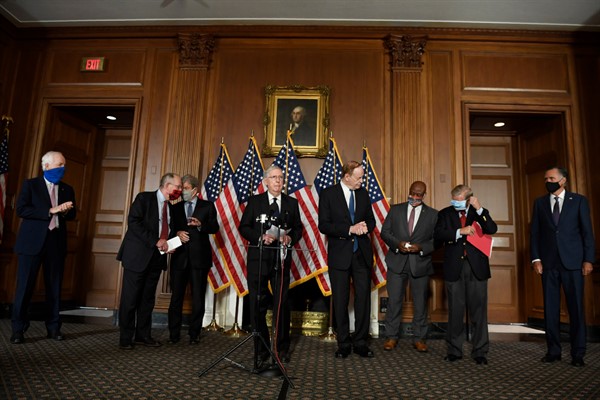Early this year, when the realities of the COVID-19 pandemic were beginning to sink in, the governments and monetary authorities of the world’s largest economies were challenged to respond. To prevent the worst from occurring, economic rescue packages needed to meet three key criteria from the time-tested, crisis-fighting playbook: speed, size and sustainability.
At the time, the policy responses could only be judged on the first two of those characteristics. On both counts, they scored quite well. Collectively, from the United States to Europe to Japan, policymakers’ efforts to address the economic fallout of the pandemic were impressive and historic in both the swiftness of their implementation and in the scale of their fiscal and monetary response.
An early review of those initial measures indicates that, so far, they have been quite successful at preventing deep and lasting economic damage. Indeed, based on many indicators, economies look shockingly healthy today. Asset prices have not only stabilized, but are even rising. While consumption has fallen, so, too, has household debt. Savings rates are also rising, suggesting that when the pandemic is behind us, consumers flush with cash may bring about a swift and robust recovery. Unemployment, while elevated, has been kept in check by furlough schemes and other policy interventions.

